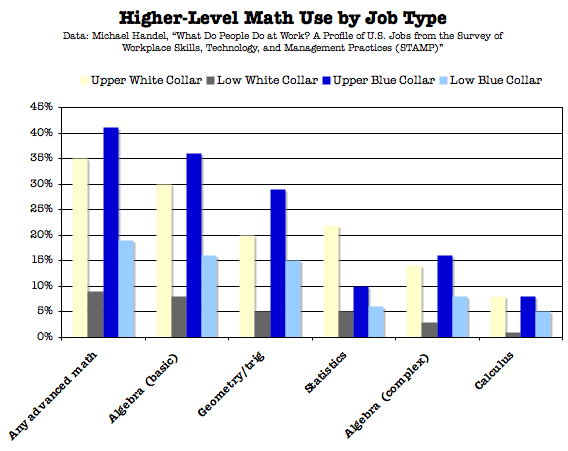HVAC Materials – An Evolution...,
What has been the biggest change in materials used in HVAC products over the last 10 years?

Probably the biggest recent change is the widespread changeover to aluminum from copper in heat ex-changers. This changeover has occurred for a number of reasons:
A) There was an industry wide issue with formicary (or ant's nest) corrosion in copper tubing. The precise cause of this phenomenon is still at issue in many people's minds - some believe it was related to a copper quality issue, while there was (is) considerable evidence that the corrosion was caused by the breakdown of some lubricants and other chemicals used to process copper and copper coils into organic acids.
Regardless of the cause, aluminum is not susceptible to ant's nest corrosion and some manufacturers saw a switch to aluminum as a way to avoid the problem.
B) The development and adoption of micro-channel heat ex-changers as a replacement for fin and tube heat ex-changers in many applications.
Micro-channel heat ex-changers are made solely with aluminum.
C) There has been a very significant change in the relative prices of aluminum in copper. The price of copper has increased dramatically relative to the price of aluminum in recent years, making aluminum much more affordable than it has been historically, even though it is not as 'efficient' from a heat transfer standpoint - you can afford to buy more aluminum than copper and still come out okay economically.
How have environmental issues affected the use/choice of materials?

The mandated changes to refrigerants over the past 20 years have lead to numerous changes in material applications, not only because of the refrigerants themselves, but also because the new refrigerants have often required the development of new lubricants as well.
First of all,there were numerous chemical compatibility issues that had to be addressed between the alternative refrigerants (and lubricants) and many of the non-metallic materials used in HVAC equipment.
This included seals, non-metallic bearings, motor varnishes and even sight glasses and other ceramic materials. Further, and maybe less well know throughout the industry, was that old chlorine containing refrigerants and simple mineral oils provided much better wear protection to many parts such as bearings, seals and valves than many of the new refrigerant-lubricant combinations now in use.
This has lead to material and material processing changes such as heat treating and the application of coatings to resist wear.
What potential material shortages pose the largest risk to HVAC manufacturers in the next ten years?
You can probably get as many opinions on this question as there are materials' professionals to ask. In recent years our industry has suffered shortages of steel, steel coatings (primarily zinc for galvanized steel), copper, plastic, you name it. In our dynamically changing world economy I see those types of intermittent shortages increasing in frequency. Despite the fact that our industry is a huge user of steel our usage will always pale in comparison to the automotive industry and the earth moving industry. Similarly, while we are a big user of copper, we use a pittance compared to the electrical wire and water tube industries. We'll never use as much aluminum as aerospace or the food packaging industries. Subsequently, as demands in those other industries increases, we are often left with shortages of those key materials. When you add the relative changes in material prices as I highlighted above with copper and aluminum as an example, The key for people in our industry is to develop and maintain very flexible materials usage policies so as the materials markets change we can change our products.
.jpg)

.jpg)
.jpg)
.jpg)
.jpg)
.jpg)








